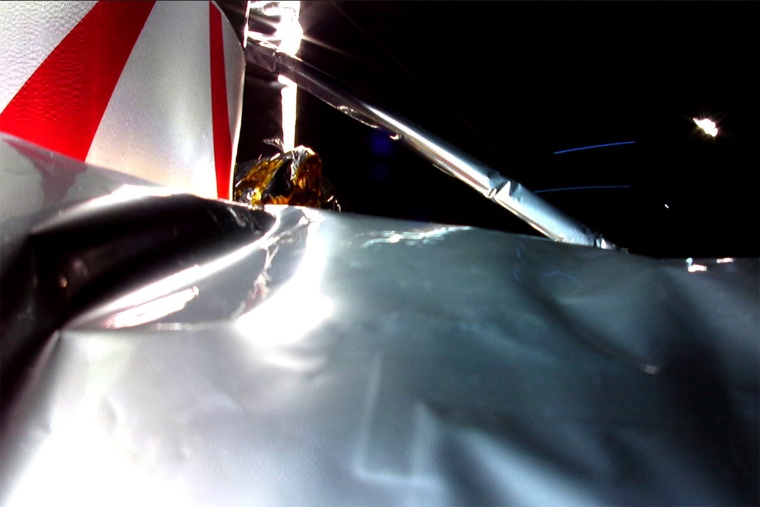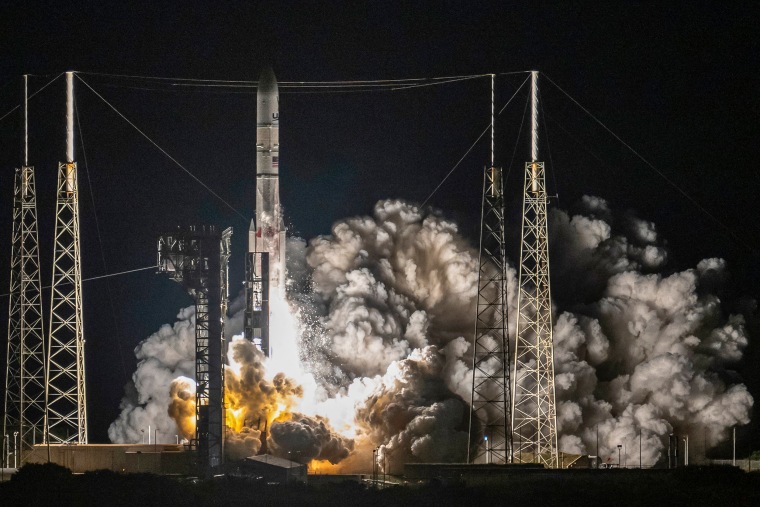A privately built spacecraft that launched Monday on a mission to land on the moon will not reach the lunar surface after it suffered a critical malfunction hours after liftoff.
Astrobotic Technology, the Pittsburgh-based firm that developed the Peregrine lander, said Tuesday that the spacecraft is leaking propellant, making it impossible to complete its lunar mission.
“Given the propellant leak, there is, unfortunately, no chance of a soft landing on the moon,” the company said in a statement.
The troubles started shortly after the lander launched into orbit. Despite successfully separating from its Vulcan rocket, the spacecraft sustained what Astrobotic said was most likely a propulsion failure.
The first image from the Peregrine lander, released Monday, showed ruptured layers of insulation, which Astrobotic said appeared to confirm that the problem centered around the spacecraft’s propulsion system.

The malfunction prevented the lander from properly orienting its solar panels toward the sun in order to charge its onboard battery. Though the company was eventually able to reposition the craft to face the sun, Astrobotic later reported the catastrophic propellant leak.
The company said Tuesday that the spacecraft is expected to run out of fuel in about 40 hours.
“The team continues to work to find ways to extend Peregrine’s operational life,” Astrobotic officials said in a statement on X. “We are in a stable operating mode and are working payload and spacecraft tests and checkouts.”
The Peregrine lander was the first U.S. lunar lander to launch to space in more than 50 years. The mission was the first under NASA’s Commercial Lunar Payload Services program, which will allow the agency to hire private companies to transport scientific instruments and other equipment to the moon.
A separate Houston-based company is expected to launch its own lander, commercially developed as part of the same NASA initiative, to the moon next month.
Though the Peregrine lander will fail to complete its mission, Astrobotic said there is still much to learn from the flight.
“We continue receiving valuable data,” the company said in a statement, “and providing spaceflight operations for components and software relating to our next lunar lander mission, Griffin.”

